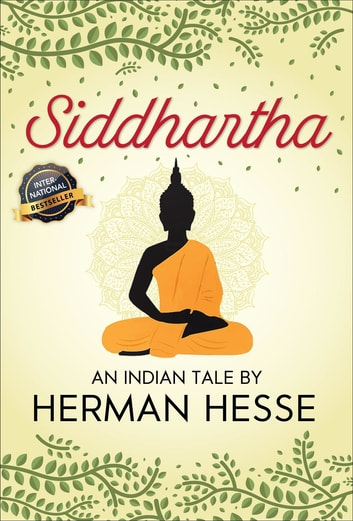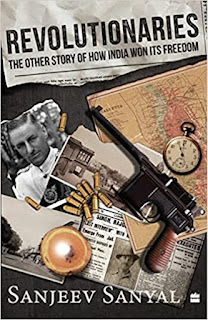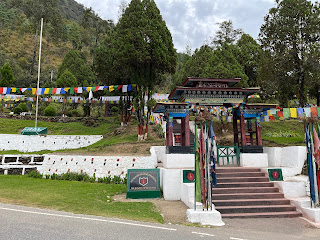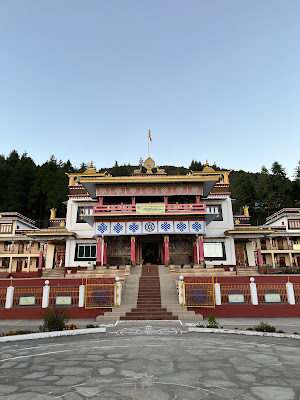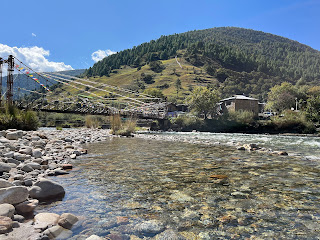The Capriccio GangBack: Shreyas, Sharad, Indivar, JyotiFront: Nimesh, Samarth, Aurnab, Neha
The Pre-Phase
It all started when I came across following post in one of the WA group about the CME Soldierathon organized by Fitistan. Having already run Lokmat Marathon earlier this year, we were waiting for the winter to arrive to participate in the next marathon. The chance to go inside the CME campus which is usually closed for civilians inspired us to enthusiastically participate in this event. The event was aimed at raising funds and awareness for the paraplegics, who are the soldiers who have lost their limbs or mobility due to war or accidents. After doing the registrations for our Capriccio gang, on Dec 9, we visited PRC (Paraplegic Rehabilitation Center) to collect the BIB and Goodies bag.
#RuknaManaHai
The Start
The marathon day arrived soon. While my body and mind were not exactly in an ideal conditions, somehow things fell in line the moment we reached the venue of Soldierathon during the early morning of Dec 17. We were 8 from Capriccio, 4 participating in 10km and 4 in 5 km. Getting inside the CME campus was a big moment. There was something in the air that brought much needed shot of energy, The sky was still a deep shade of blue as the chilly winter breeze brushed against my face but the atmosphere was electric. The idea to have national anthem before the runs is much appreciated as it brought a lot of positivity to the mind.
Marathon starts are always great. Our body naturally starts running alongside so many other passionate runners. Running a marathon is more of a mental challenge than a physical one. A focused and relaxed mind can push you beyond your usual limits making the run enjoyable. Stress and distraction can weigh us down like a heavy backpack. Based on the prior experience, this time I followed the Slow run - Fast Walk strategy from the beginning. This helped me conserve my energy and avoid exhaustion.
Kahani me Twist
For the first 3 kms, I was able to do it comfortably and went into a good rhythm. By this point, we reached the stretch alongside the beautiful CME lake. The scenic location was very soothing to the eyes. It is around 4 kms when I started experiencing a bit of discomfort in my lower back and right abdomen. I had some back pain prior to the run for a few days and that re-surfaced during this phase. This made me reduce my speed and pause frequently. Thankfully, the electrolyte liquid at hydration point helped.
As my body got used to the pain, my slow running continued. The next few kms were in the interior areas of the clean CME campus. Morning dew brought its own charm. There were funny hoardings at kilometer milestones which I now eagerly started to look out for. As the roads went up-n-down, the fellow runners changed. Some went ahead, some remained behind. But there was a constant motivation, especially from those experienced runners. I remember an advise by a fellow gentleman that proved quite useful. He asked to keep the arms relaxed during the run instead of constantly keeping them up. This resulted in lesser strain on my right arm which was already in pain.
Closing stage
The reverse countdown had started in my head ever since I crossed the 5 km mark. But I had no idea of the time as mobile was in the arm band. Around 8 km mark, I inquired time from a fellow runner who was wearing a watch. This is when I realized that I managed to cross 8 kms in 40-50 mins. This was a good news. I was able to maintain decent speed despite pain. It gave me an added motivation to continue. I stuck to the Slow Run - Fast Walk strategy till the end of 9 kms.
A funny incident happened at the milestone of 9 km. I was offered oranges at one of the points, but I couldn't eat those while running. So I had to stop for a while. To make up for the lost momentum, I decided to continue running without break till the finish line. We crossed Gurudwara on the right and parking on the left. This is when I knew the race is in the final stage.
The Finish
As I crossed the line, all the pain and tiredness was forgotten and a divine feeling of satisfaction took over. Shreyas had already reached before me. So we waited at the finish line for the rest of the members of our group. It is as much joy to cross the finish line for yourself as it is to see your friends and family do it. It was the first 5k marathon for my son, Samarth, who did it as a seasoned runner. It was also the first 10k run for Jyoti, my lovely wife, who wanted to end the year on high and she did exactly that!
One-by-one everyone arrived with big smiles on their faces. It was a time to collect medals, take photos and have much needed refreshments. Till this moment, I had no idea that there is yet another surprise in the store here at the CME campus. I knew our friend from Tawang, Major Zubair, was here in Pune. So I sent him our Marathon photo. He called immediately as he too was here in CME for his exams. So here in CME campus, we met Major Zubair in front of the Sarvatra Complex. Life sometimes throw some beautiful surprises. With this, our 4 hour stay at CME came to an end but the moments will remains with us forever.
Gratitude
I would like to thank the organizers of the wonderful Soldierathon initiative. It not only gave us a memorable morning in the CME campus, but also made us a part of a helping hand towards the braves of our armed forces, The funds raised were donated to the PRC (Paraplegic Rehabilitation Center) for the soldiers who got wounded while protecting us. I learned a lot about myself, my limits, and my potential during these 4 hours. I also learned about the courage and resilience of the soldiers and the paraplegics who inspired me to run for a cause. I am grateful for this experience and I hope to share it with others through this blog.






